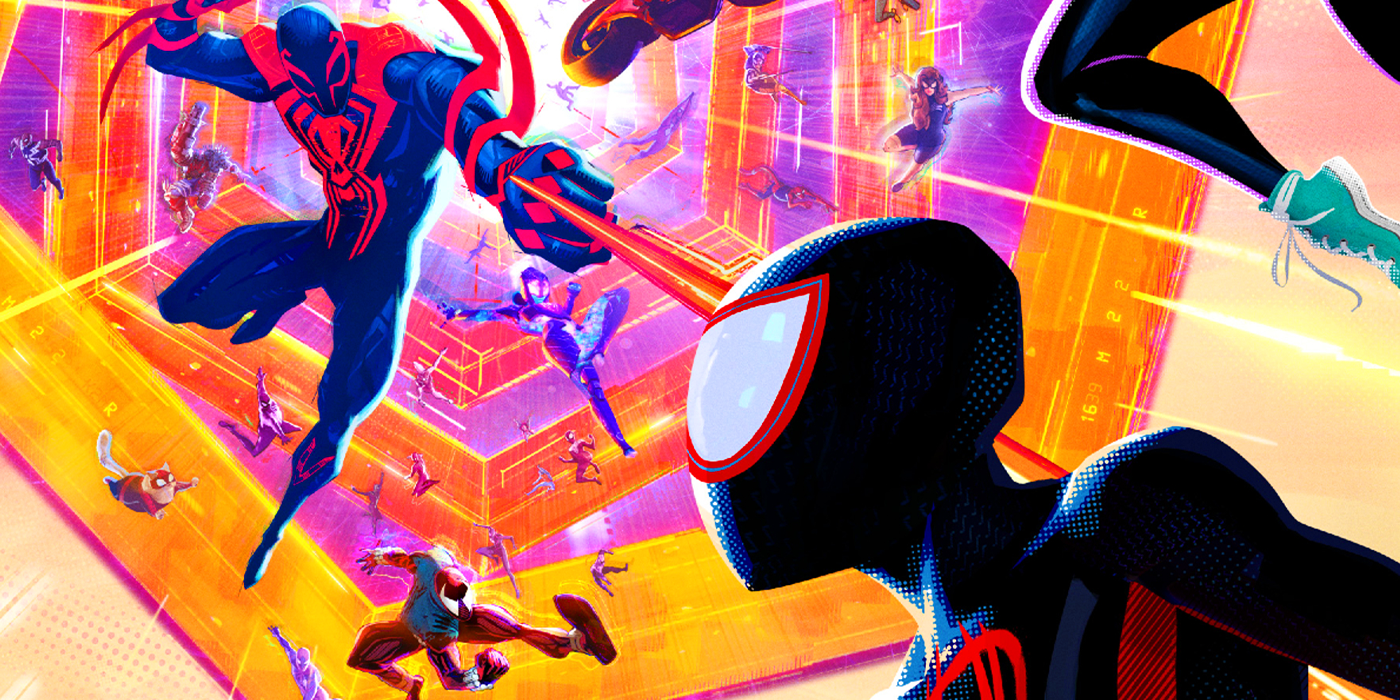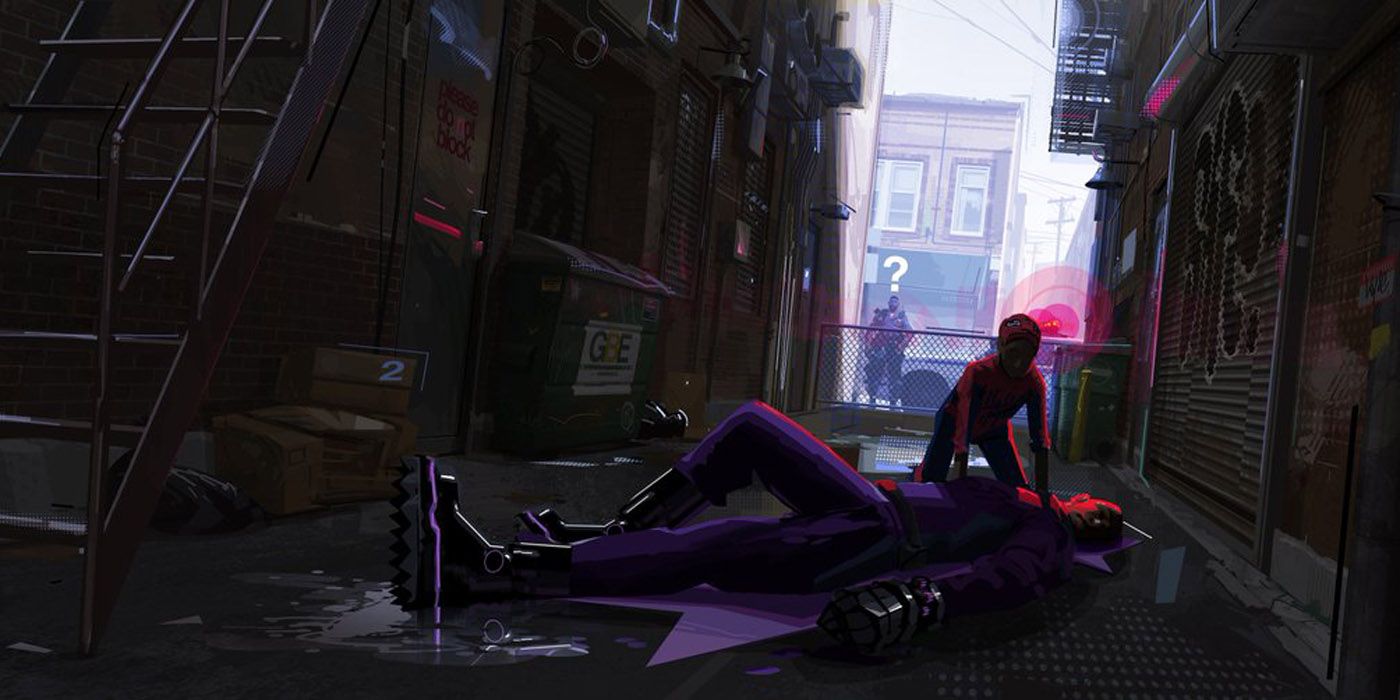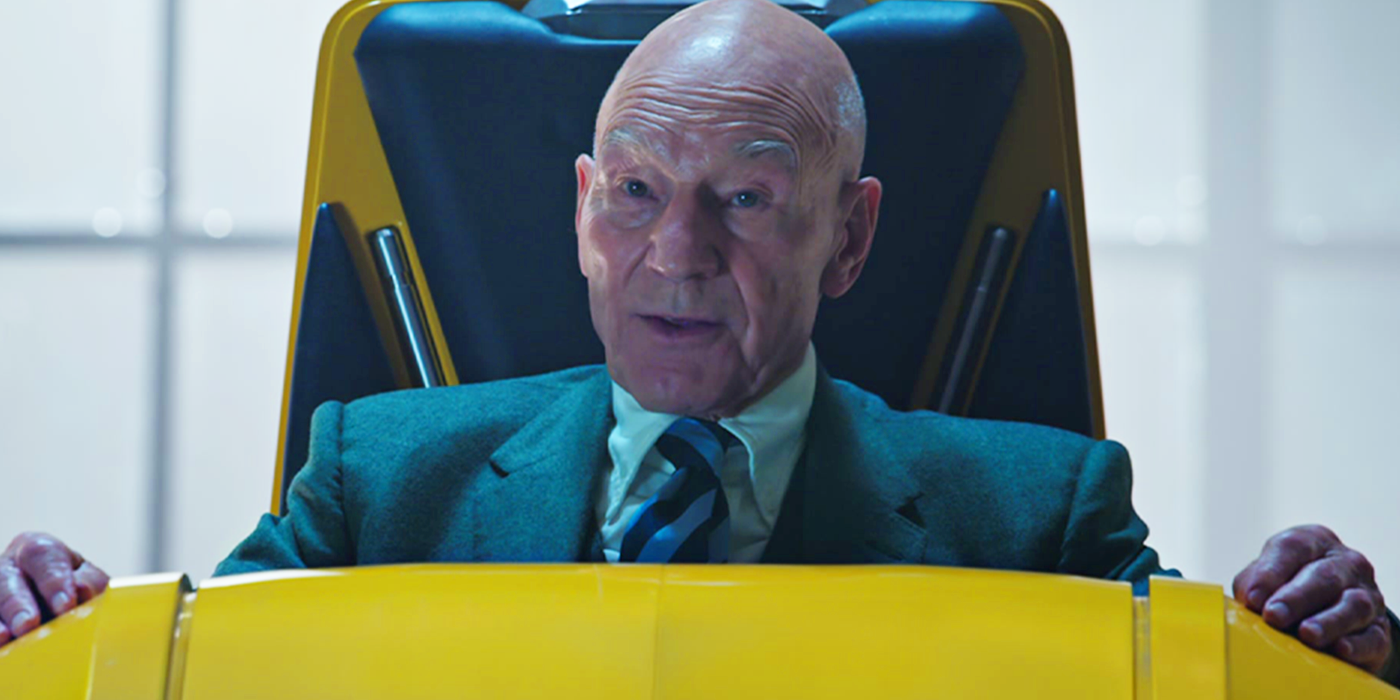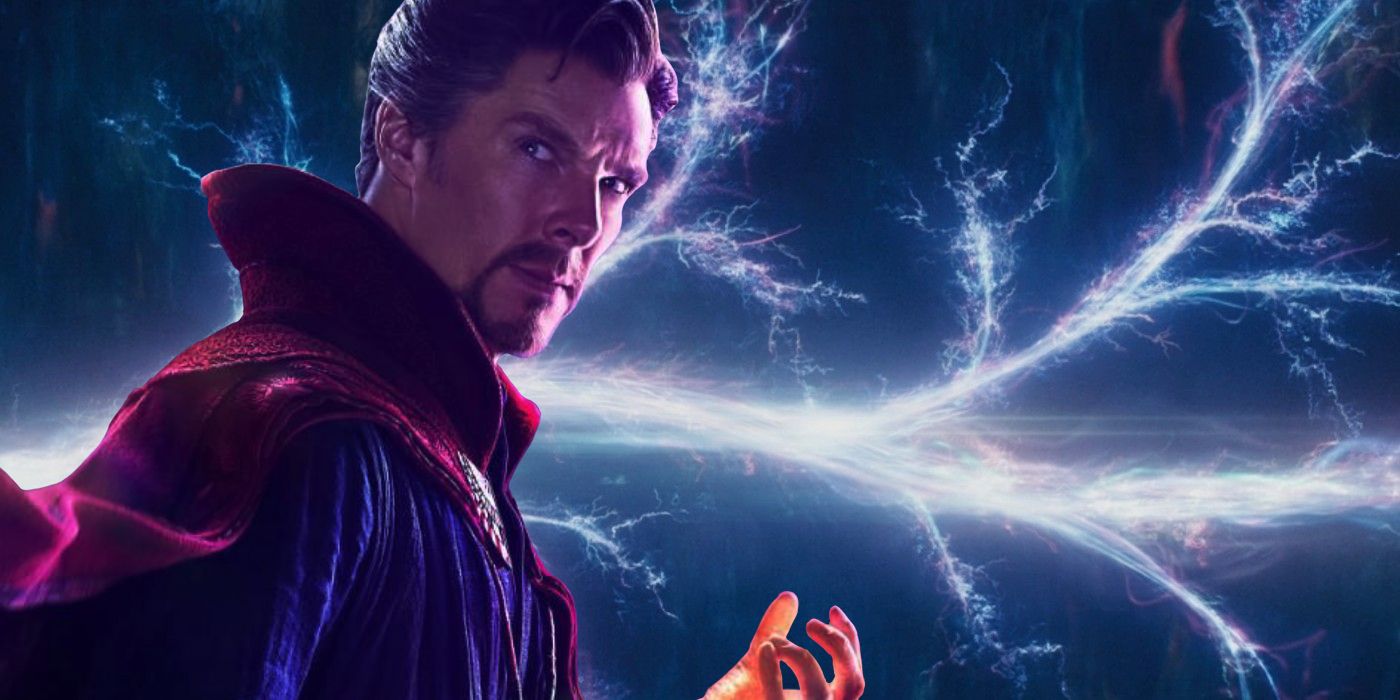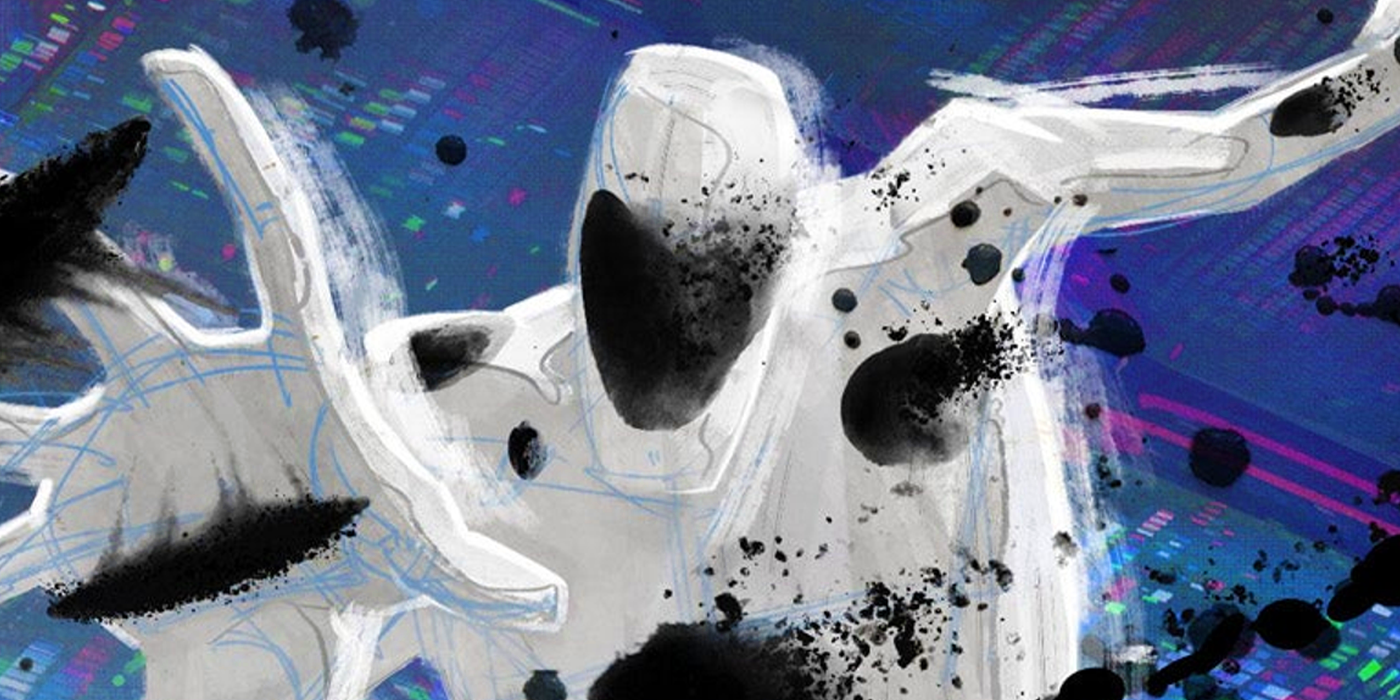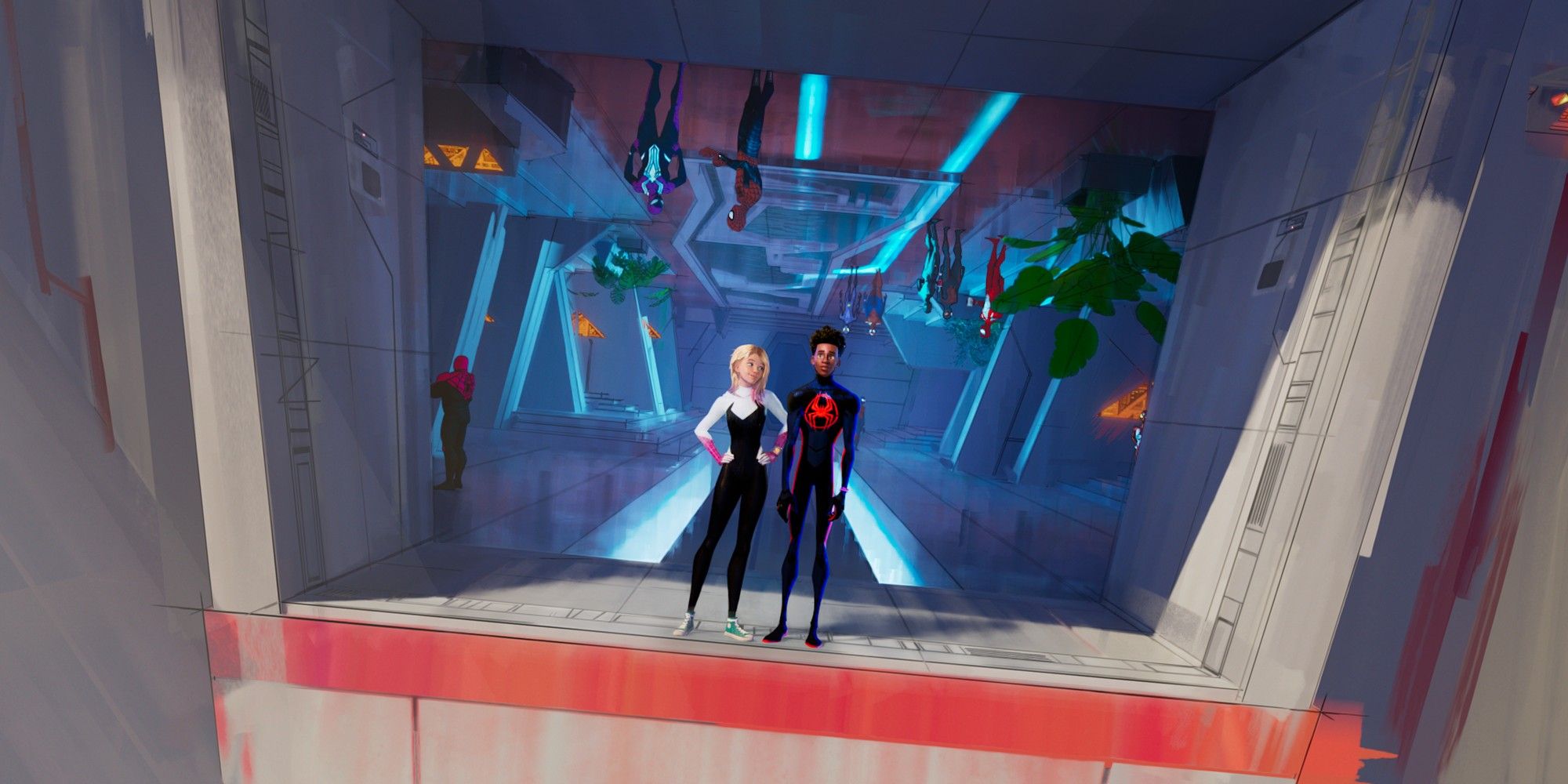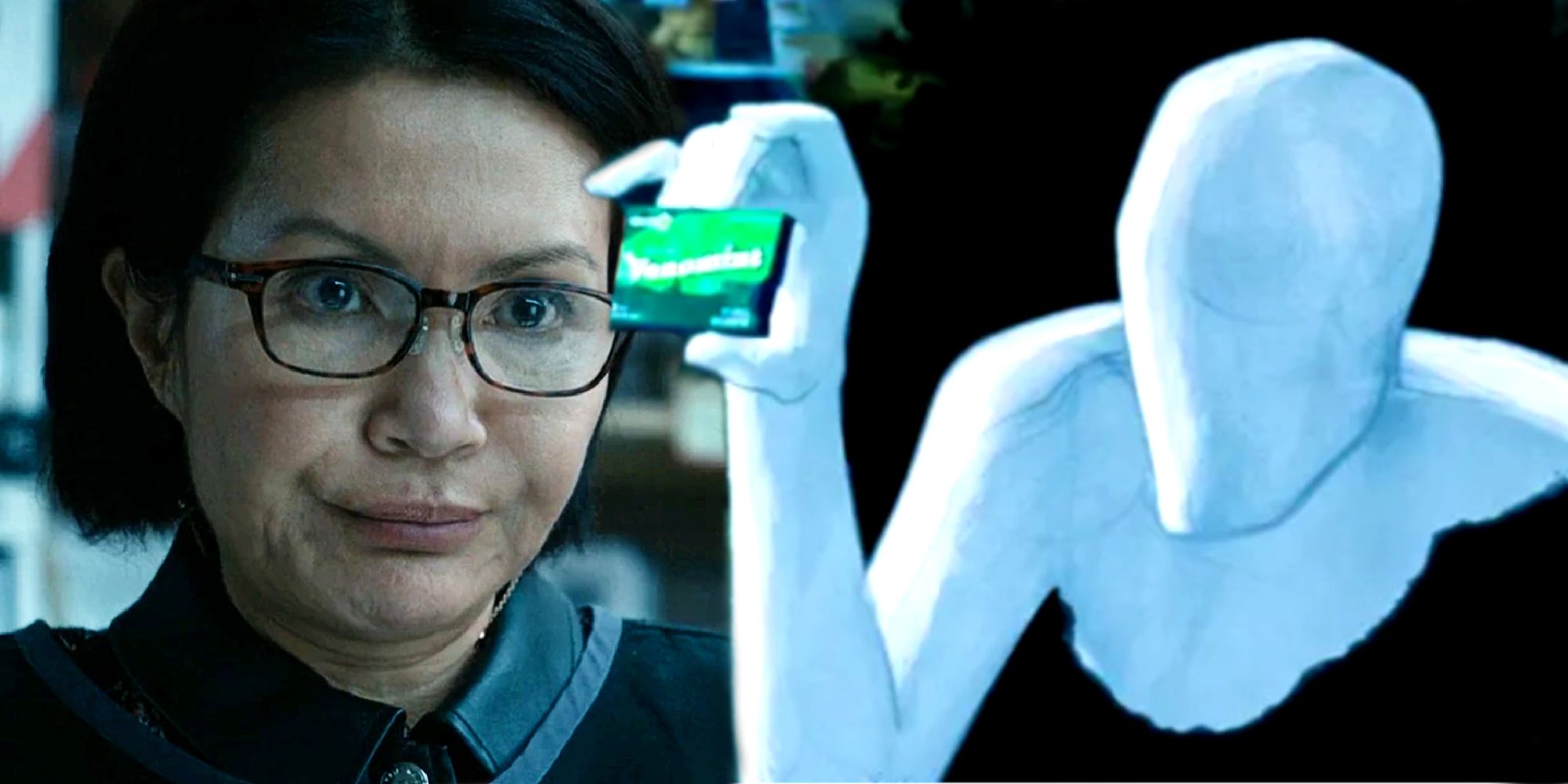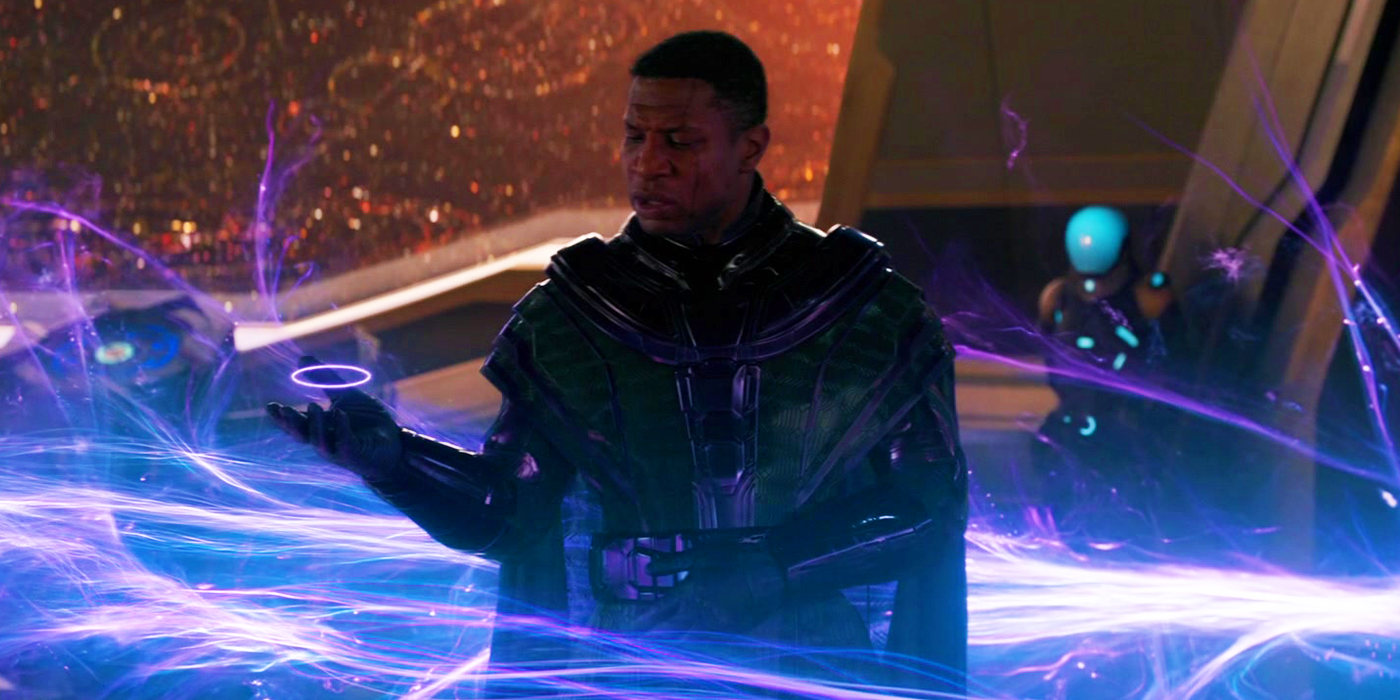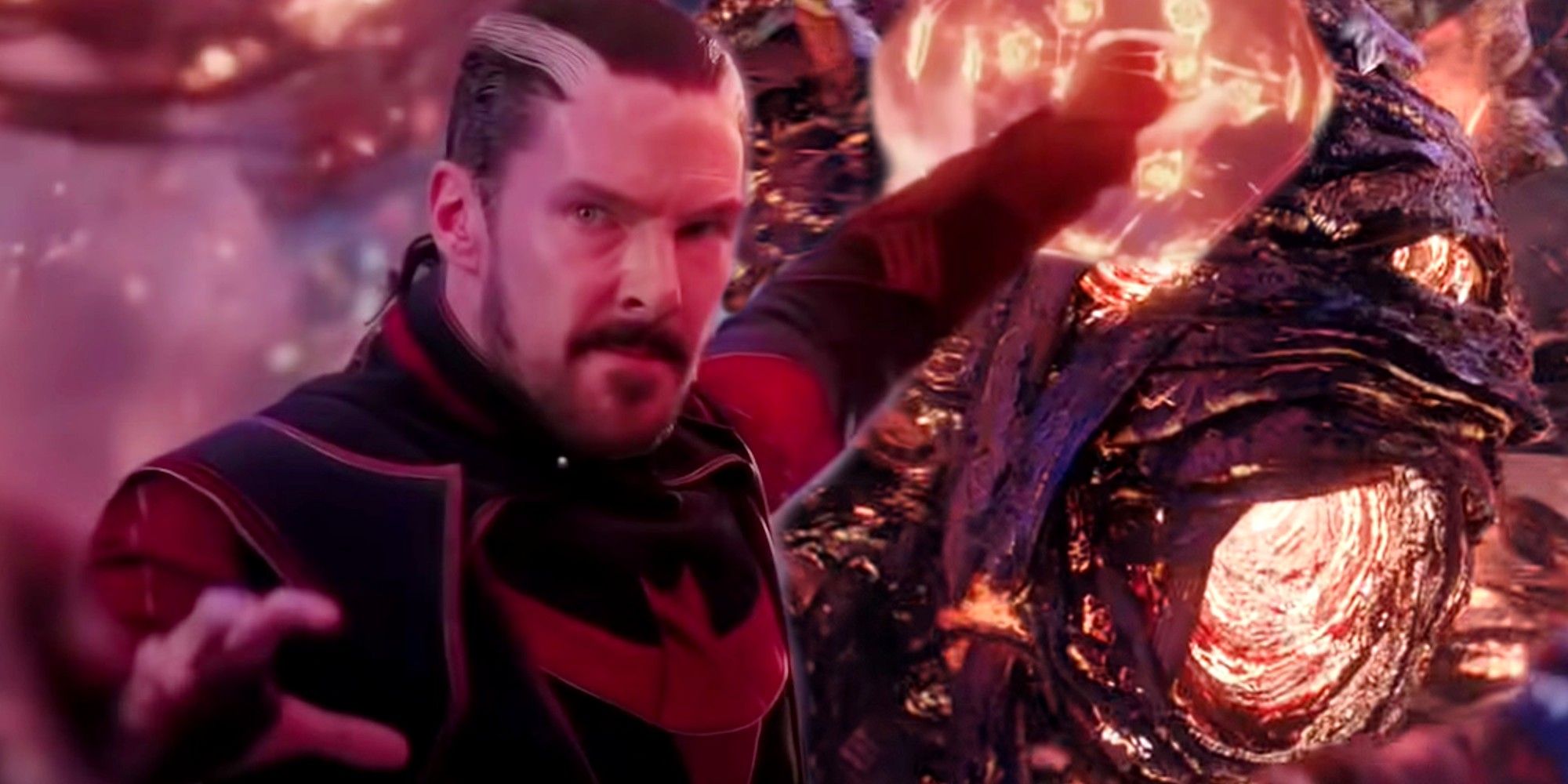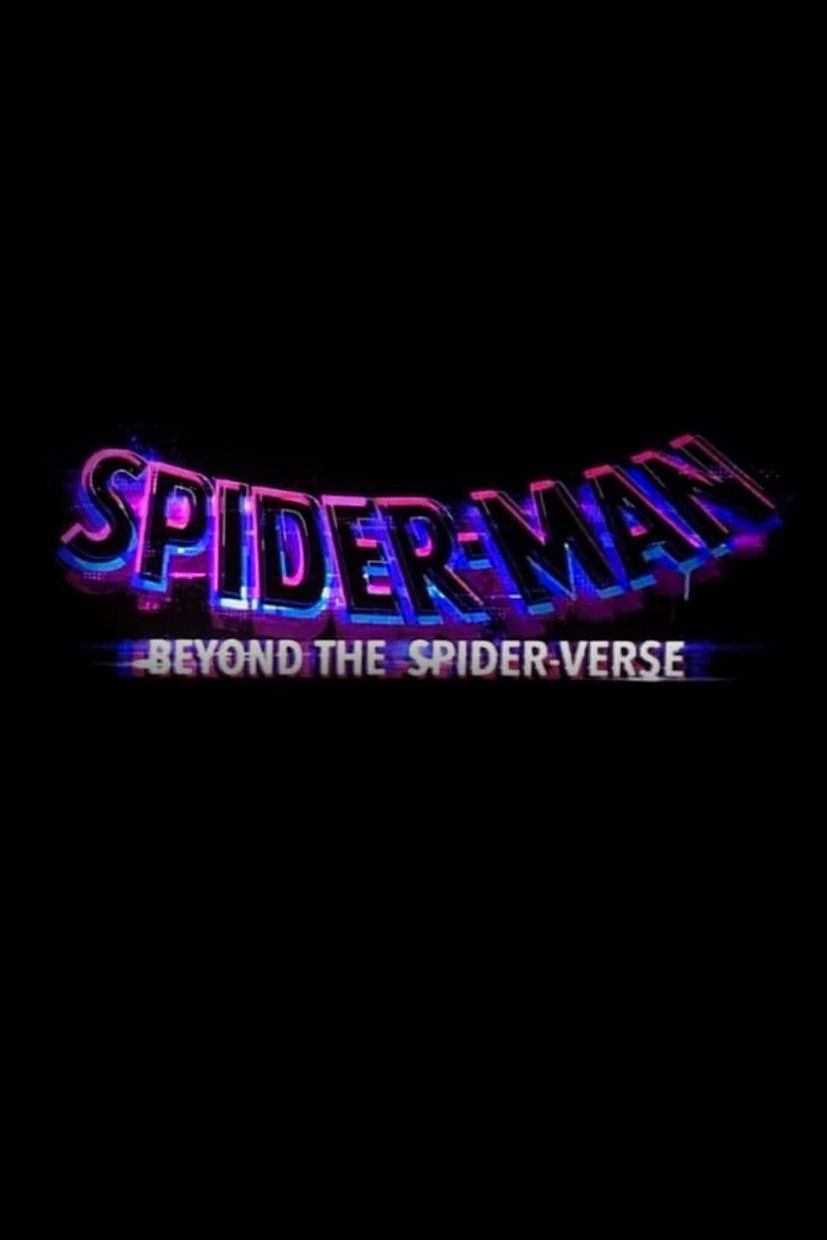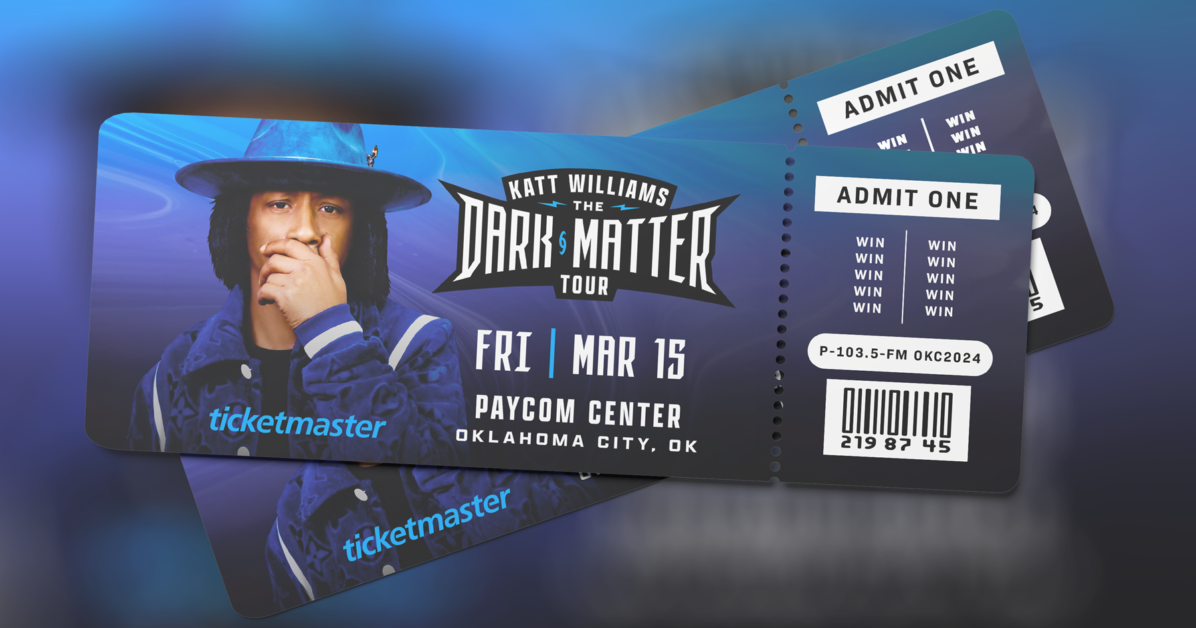10 Lessons The MCU Can Learn About Multiverse Stories From Sony’s Spider-Verse Movies
Written by on June 11, 2023
Spider-Man: Across the Spider-Verse was a fantastic multiverse-centric movie – as was its predecessor – that the MCU can learn from in the last two Phases of the Multiverse Saga. While the MCU has certainly told some great multiverse stories so far, namely Spider-Man: No Way Home and Loki, there is no denying the overwhelming quality of Spider-Man: Into the Spider-Verse and its sequel by comparison. Both animated Sony tell stories that span multiple universes and do so with relative ease.
With the MCU set to only delve deeper into the multiverse with Phases 5 and 6, it will be interesting to see how much Marvel Studios’ stories differ from Sony’s Spider-Verse films. Some elements have remained consistent despite the two different studios and franchises, such as the physical representation of the multiversal timeline seen in Loki being used in Spider-Man: Across the Spider-Verse. Despite the MCU’s multiverse stories having their merits, by the time of Spider-Man:Across the Spider-Verse‘s ending it was proven that the former franchise can benefit from the latter regarding how to tell multiverse-centric tales.
10 Spider-Verse’s Dimensions Are Much More Fleshed Out Than The MCU’s
One of the more prominent differences between the MCU – specifically Doctor Strange in the Multiverse of Madness – and Spider-Man: Across the Spider-Verse are the alternate dimension designs. The latter has extremely fleshed-out universes, from Spider-Man India’s Mumbattan to Gwen’s universe and Nueva York. Each one has a distinct tone, style, feel, sound, and design, making them feel incredibly different from the next, something that will undoubtedly continue into Spider-Man: Beyond the Spider-Verse.
While Doctor Strange 2 had the montage sequence of Strange and America Chavez flying through the multiverse with some interesting concepts, the scene was relatively short. Eventually, the film landed in a universe with little to no difference from the core MCU dimension. Aside from tiny, inconsequential differences like stop-means-go at traffic lights, the universe was nowhere close to as distinct and original as the many designs from Spider-Man: Across the Spider-Verse. In the future, it would bode well for the MCU to design more unique dimensions across the multiverse.
9 Spider-Verse’s Variants Are Much More Creative
Another thing the MCU multiverse could learn from the Spider-Verse films is how to differentiate variants. In films like Spider-Man: No Way Home and Doctor Strange 2, variants were limited to fan-casts like John Krasinski as Mr. Fantastic or alternate versions of characters from other franchises like Maguire and Garfield’s Spider-Men, Patrick Stewart as Professor X, or Anson Mount as Black Bolt. While these undoubtedly worked in terms of hype, excitement, and within the context of the story, Into the Spider-Verse and Across the Spider-Verse have much more creative variants.
From Spider-Man Noir, Penni Parker, and Spider-Pig in the first film to Spider-Man India, Spider-Punk, Spider-Man 2099, and the countless other Spider-Man variants in the sequel, the Spider-Verse franchise has endlessly creative alternate versions of its main characters. Loki showed this better in the MCU, with Boastful Loki, Kid Loki, Classic Loki, President Loki, and Alligator Loki adding a lot of variety. For the most part, though, the variants in Across the Spider-Verse have Easter eggs, their own unique style, tone, and dimensions to outshine the MCU’s variants.
8 The Multiverse Should Not Replace Grounded Character Arcs
One of the biggest issues with films like Doctor Strange 2 and Ant-Man and the Wasp: Quantumania was that their multiversal, large-scale stories overshadowed the respective film’s characters. Strange and Ant-Man had minimal arcs, that lacked a lot of emotional depth, with respective villains like Scarlet Witch and Kang receiving better arcs and more focus. On the other hand, both Into the Spider-Verse and Across the Spider-Verse tell emotionally resonant stories by prioritizing Miles, Gwen, and Peter B. Parker as characters, using the multiverse as a backdrop with their character arcs being more important than the overarching story.
7 The Multiverse’s Major Cameos Should Add To The Universe, Not Take Away
Spider-Man: Into the Spider-Verse and Across the Spider-Verse proves that major, multiversal cameos can benefit the story being told. While this was the case with Spider-Man: No Way Home too, Doctor Strange in the Multiverse of Madness used cameos like the Illuminati for fan service with their characters having minimal effect on the story before being abruptly killed off. Cameos like Maguire’s, Garfield’s, and Donald Glover’s as the Prowler in Across the Spider-Verse proved that fan service can serve the overall story by having them not seemed forced, something the MCU is hit-and-miss with concerning multiverse stories.
6 Spider-Verse Has Established Methods Of Exploring The Multiverse
Spider-Man: Across the Spider-Verse established the Spider-Society, whose members had watches allowing them to seamlessly travel through the multiverse. While the MCU has established the TVA, the regular heroes of the MCU have little knowledge of multiversal travel, with most of it being uncontrollable through magic or other powers. The MCU could learn from Spider-Verse as a result, introducing a more reliable way for MCU heroes to travel through the multiverse as the story moves further into the Multiverse Saga.
5 The MCU Could Have Better Multiversal Villains
One of the best aspects of Spider-Man: Across the Spider-Verse was taking a former unserious villain like the Spot and improving him through the multiverse. Rather than be a joke, villain-of-the-week, Spot became seriously menacing by the end of the film thanks to his ties to the multiverse. While the MCU has Kang who is an established threat, there have rarely been other multiversal villains that have made a lasting impact like Spot. The villains from Spider-Man: No Way Home were great, but were almost identical to how they have been used in other franchises, rather than being updated, upgraded, and improved like Spot was in Across the Spider-Verse.
4 More Multiversal Teams Could Help The MCU
The introduction of the Spider-Society in Spider-Man: Across the Spider-Verse is also something the MCU could learn from. Thus far in the MCU, multiversal travel has been largely done accidentally, with most characters knowing almost nothing about the concept of the multiverse. Across the Spider-Verse made it clear that the Spider-Society knew exactly how the multiverse worked, from canon events to traveling through different dimensions with ease. The MCU could benefit from introducing a team that centers on multiversal travel, to better explain elements the franchise’s core heroes do not know about.
3 The Multiverse Can Go Outside Of The Live-Action Medium
One of the most interesting aspects of Spider-Man: Across the Spider-Verse was the blend of live-action and animation. From Donald Glover appearing in live-action as the Prowler to the flashback scenes of Tobey Maguire and Andrew Garfield experiencing Uncle Ben’s and Captain Stacy’s deaths respectively, the film proved that the multiverse expands across live-action and animation, meaning the two can cross over. Other than brief flashes of cartoon-like universes in Doctor Strange 2, the MCU multiverse has been largely contained to live-action, though Spider-Verse now proves the franchise can utilize animated dimensions too.
2 The MCU Doesn’t Need To Explain Everything About The Multiverse
While Spider-Man: Across the Spider-Verse highlights that the Spider-Society knows a lot about the multiverse, a lot is also left unexplained. Elements such as specifically how live-action and animation can blend and why canon events need to happen are not explained in the film but are not essential to the plot making sense. It would be easy for the Multiverse Saga to become overburdened with exposition, with the filmmakers at Marvel Studios thinking every element of the multiverse needs an explanation. Spider-Verse proved otherwise, with the MCU hopefully taking this approach on board.
1 The MCU’s Needs To Copy Across The Spider-Verse’s Multiverse Twists
Finally, the MCU could easily use the multiverse as a way of doing plot twists much like Across the Spider-Verse did. While overusing or blatantly replicating twists like Miles being in another universe or Miles from Earth-42 as the Prowler would be derivative, the MCU could easily use the multiverse to conjure their own plot twists. Especially in films like Avengers: The Kang Dynasty and Avengers: Secret Wars, the expansive exploration of the multiverse could lead to other dimensions and variants being used as plot twists as was the case with Spider-Man: Across the Spider-Verse.
Key Release Dates
watch avatar the way of water full movie
watch avatar the way of water full movie
watch avatar the way of water full movie
